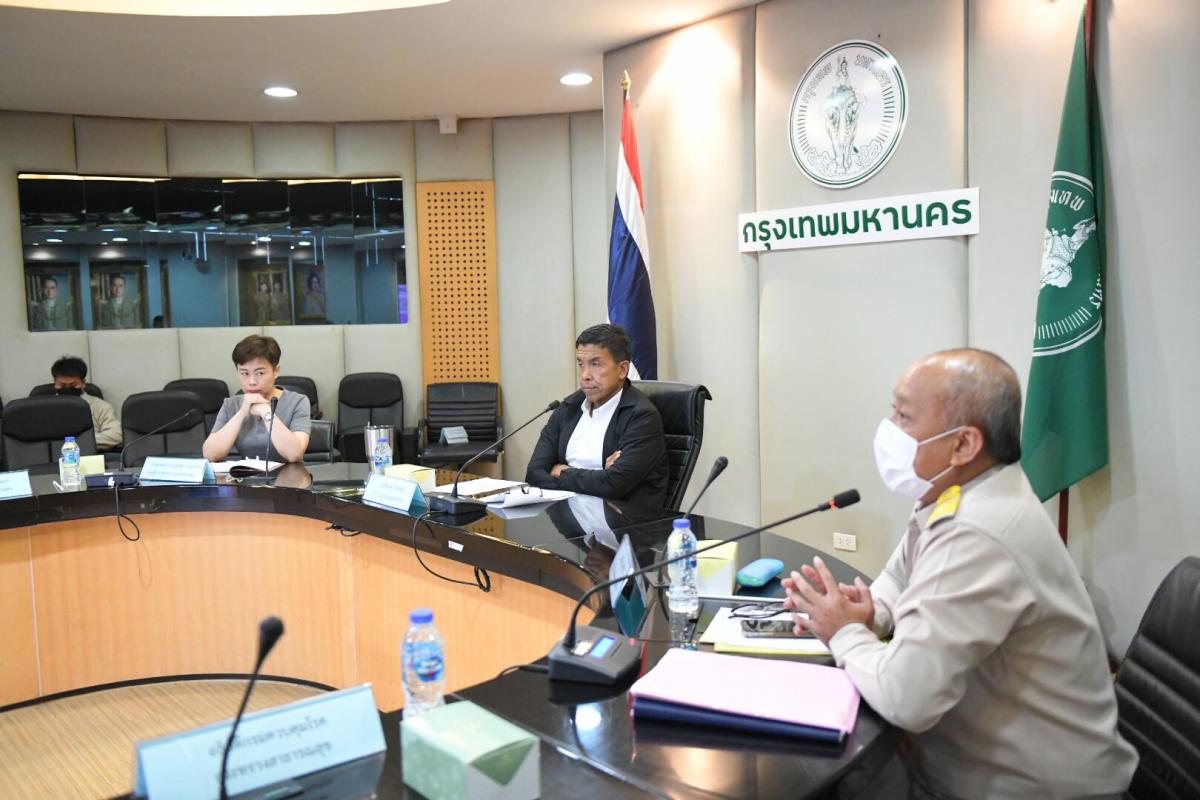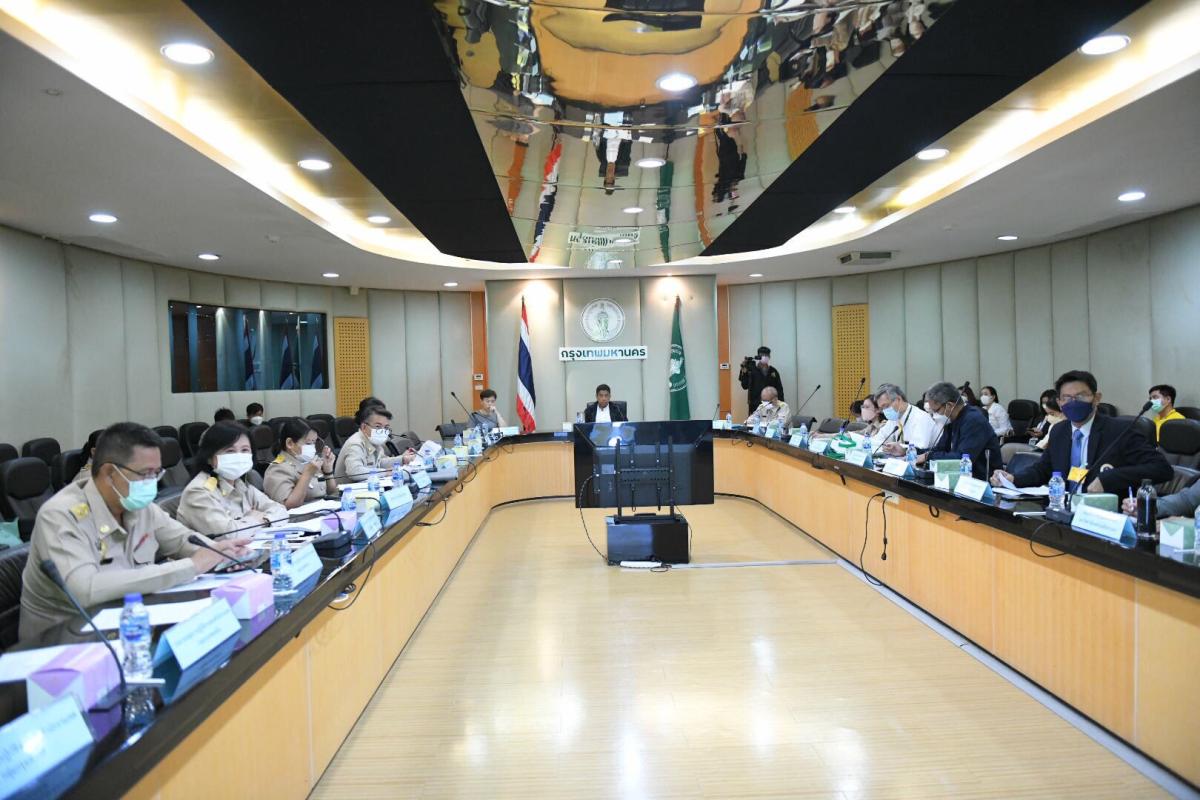
Bangkok Metropolitan Administration (BMA) is considering measures to cut down the population of stray dogs and cats to prevent the spread of rabies and boost public safety.
This issue has become one of the top concerns after 12 rabies cases were reported in Lat Krabang and Nong Chok districts this year. Governor Chadchart Sittipunt met city executives to discuss measures this week.
Chadchart said an initial survey showed that Lat Krabang and Nong Chok have some 900 and 6,400 strays, respectively. Judging by these numbers, Chadchart reckons there could be more than 200,000 stray cats and dogs across the capital and unvaccinated strays can become carriers of the deadly disease.
The governor said the city has been working with partners like the Voice Foundation, Soi Dog Foundation, Hope Thailand and SOS Animal Thailand to spay and vaccinate stray cats and dogs.
“Vaccinating and spaying are key to limiting the population of strays and preventing the risk of rabies,” Chadchart said. “We cannot take all the strays to animal shelters due to limited space. Also, shelters are created to control animals with behavioural problems, such as dogs that bite people or cause serious trouble in neighbourhoods.”
The governor added that there are two animal shelters that can accept strays from the city – one in Prawet district that can house 1,000 animals and the other in Uthai Thani province with a capacity for 6,000 animals.
“We are in the process of expanding the Prawet shelter to accommodate more animals, which should be ready by the end of June,” he said.
Citing a study on spaying and vaccinating animals and releasing them back in the community, Chadchart said “this will stop strays from other neighbourhoods entering and producing more offspring.
“But we need to educate locals and gain their cooperation for this practice to work.”
He also said Bangkokians should adopt rather than buy pets. “Most importantly, make sure you are ready to give pets the long-term care they need before getting them. Don’t abandon them and make them the city’s problem.”




